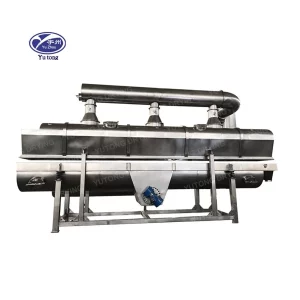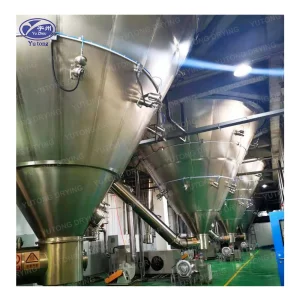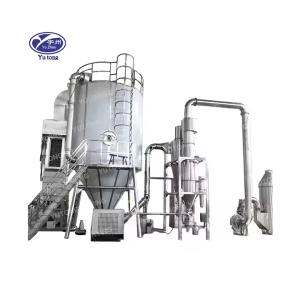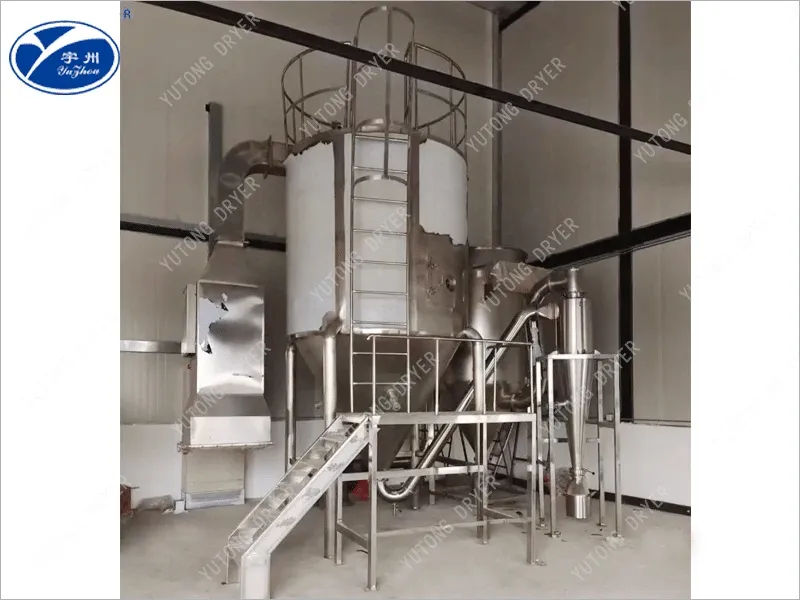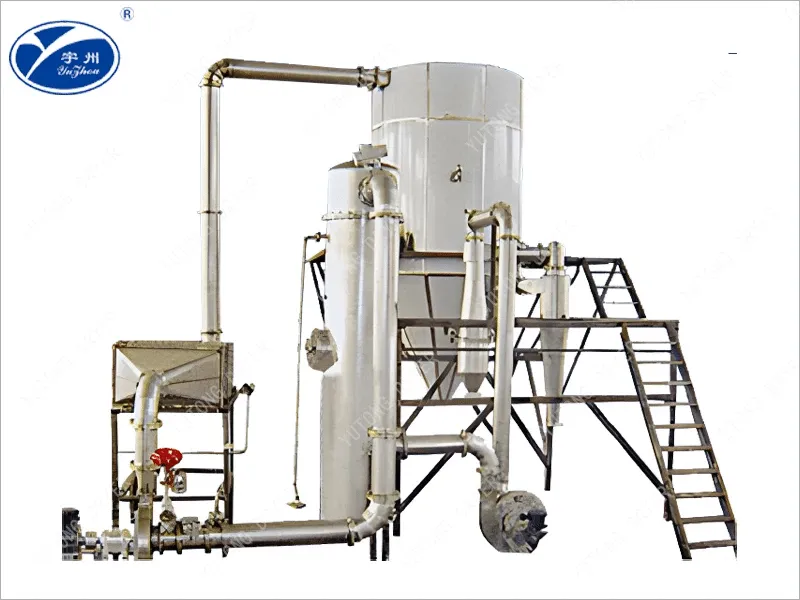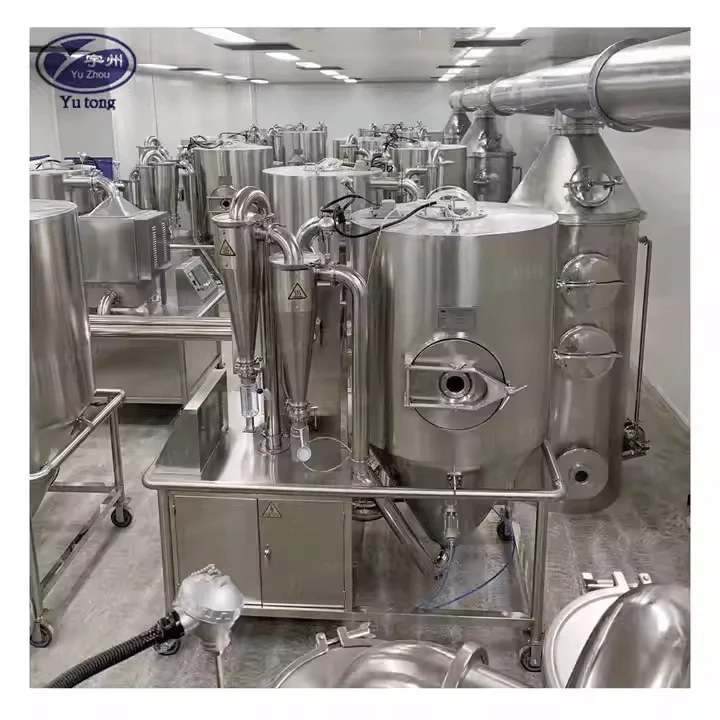Spray drying is a fascinating and efficient method used in many industries to transform liquid materials into dry powders. This technology is crucial for creating products with specific characteristics, such as longer shelf life, enhanced solubility, and controlled particle size. In this article, we will explore the workings of a spray dryer, its components, and the benefits it offers to various industries.
Spray drying is a method of producing a dry powder from a liquid by rapidly drying it with a hot gas. This process is commonly used in the food, pharmaceutical, and chemical industries. The liquid feedstock is atomized into a spray of droplets, which are then dried quickly to form powder.
 The Basic Principles of Spray Drying
The Basic Principles of Spray Drying
The main goal of spray drying is to produce a free-flowing, dry powder from a liquid feed. The process involves three key stages: atomization, drying, and powder recovery.
- Atomization: The liquid feed is transformed into a fine mist or spray of droplets. This is achieved using an atomizer, which can be a rotary wheel, a nozzle, or a twin-fluid atomizer. The smaller the droplets, the quicker they dry.
- Drying: The spray of droplets is introduced into a chamber with a hot air stream. The heat causes the moisture in the droplets to evaporate rapidly, leaving behind solid particles.
- Powder Recovery: The dry particles are separated from the drying air. This is typically done using cyclones or bag filters, which collect the powder for further processing or packaging.
Components of a Spray Dryer
A spray dryer consists of several key components that work together to complete the drying process. Understanding these components helps in grasping how a spray dryer operates.
1. Atomizer
Der atomizer is the heart of the spray dryer. It breaks down the liquid feed into tiny droplets, increasing the surface area and facilitating rapid drying. Different types of atomizers are used depending on the application, including rotary atomizers and pressure nozzles.
2. Drying Chamber
The drying chamber is where the actual drying takes place. It is a large, insulated enclosure where the atomized droplets come into contact with hot air. The chamber is designed to promote efficient air flow and uniform drying.
3. Air Heater
The air heater provides the necessary thermal energy to evaporate the moisture from the droplets. It heats the air to a specific temperature before it enters the drying chamber. The choice of air temperature depends on the product being dried and the desired final moisture content.
 4. Powder Recovery System
4. Powder Recovery System
After drying, the powder needs to be separated from the air. Cyclones or bag filters are used to collect the powder, ensuring that minimal product is lost and that the exhaust air is free of particulates.
5. Control System
Modern spray dryers are equipped with sophisticated control systems that monitor and regulate various parameters, such as temperature, air flow, and feed rate. This ensures consistent product quality and optimal energy efficiency.
The Spray Drying Process Step-by-Step
To understand how a spray dryer works, let’s walk through the process step by step.
Step 1: Preparation of the Liquid Feed
Before spray drying can begin, the liquid feedstock must be prepared. This may involve homogenization, emulsification, or dilution to ensure uniformity and consistency.
Step 2: Atomization of the Liquid
The prepared liquid feed is pumped to the atomizer, where it is transformed into a fine mist of droplets. The atomizer’s design and settings determine the size and distribution of the droplets, which in turn affect drying time and final powder properties.
Step 3: Drying of the Droplets
The atomized droplets are introduced into the drying chamber, where they are exposed to a stream of hot air. The high temperature causes rapid evaporation of moisture, converting the droplets into dry particles.
Schritt 4: Pulversammlung
The air stream carries the dried particles to the powder recovery system. Here, they are separated from the exhaust air and collected for further processing or packaging.
Step 5: Post-Processing
The collected powder may undergo additional processing, such as sieving, milling, or blending, to achieve the desired particle size distribution and flow properties.
Anwendungen der Sprühtrocknung
Spray drying technology is used in a wide range of industries due to its versatility and efficiency. Here are some common applications:
Lebensmittelindustrie
In the food industry, spray drying is used to produce powdered milk, coffee, spices, and flavorings. It preserves the nutritional value and flavor of food products while extending their shelf life.
Pharmaindustrie
Spray drying is used to produce pharmaceuticals with specific particle size and solubility characteristics. It is also used to encapsulate drugs, protecting them from degradation and improving their bioavailability.
Chemische Industrie
In the chemical industry, spray drying is used to produce catalysts, detergents, and pigments. The process allows for precise control over particle size and morphology, which is essential for many chemical applications.
Vorteile der Sprühtrocknung
Spray drying offers several advantages over other drying methods:
- Fast Drying: The rapid evaporation of moisture ensures quick drying times, which is essential for heat-sensitive materials.
- Consistent Particle Size: The atomization process allows for precise control over particle size distribution, resulting in uniform powder properties.
- Skalierbarkeit: Spray drying can be easily scaled up or down to meet production needs, making it suitable for both small and large-scale operations.
- Vielseitigkeit: Spray drying can be applied to a wide range of materials, including heat-sensitive and viscous liquids.
Abschluss
Spray drying is a powerful and versatile technology that plays a crucial role in many industries. By understanding the spray drying process and the operation of a spray dryer, you can appreciate the precision and efficiency it brings to the production of dry powders. Whether in food, pharmaceuticals, or chemicals, spray drying continues to be a vital tool for transforming liquid materials into stable, high-quality products.

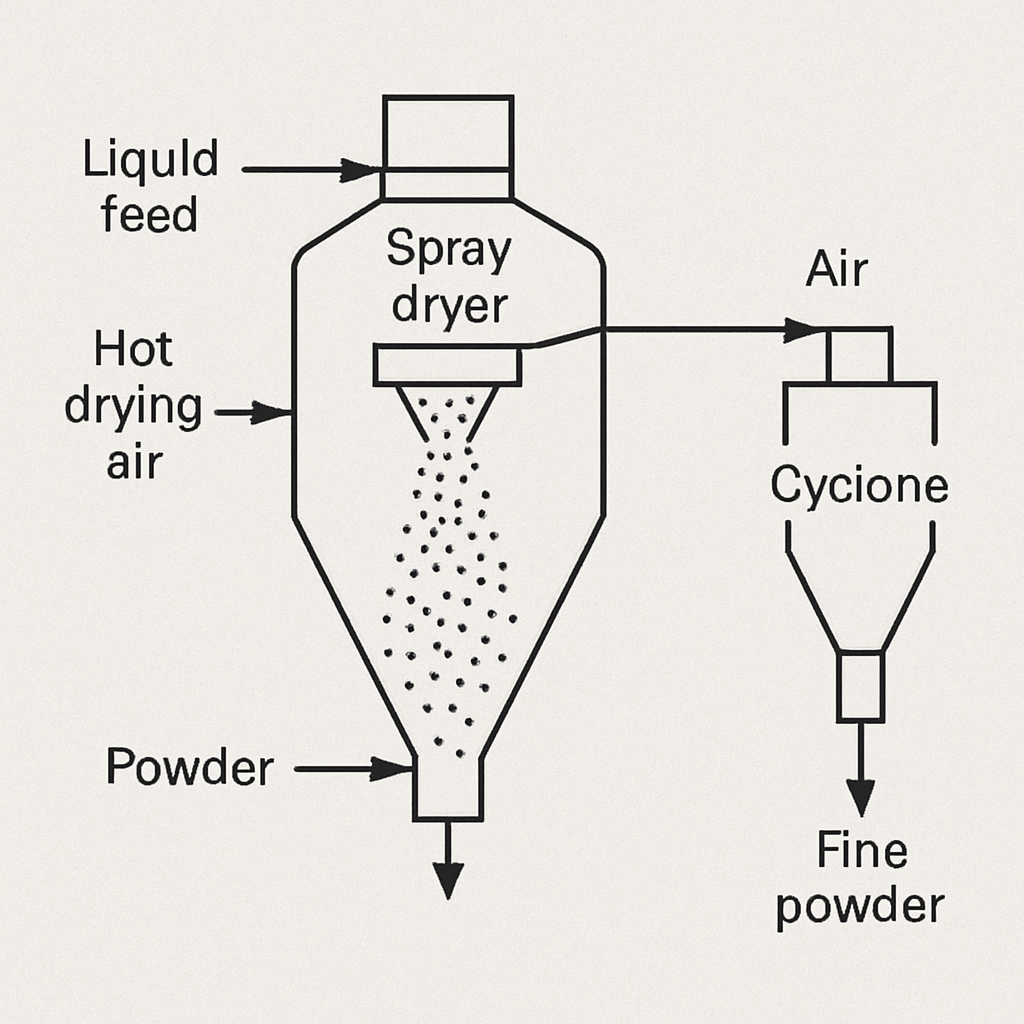 The Basic Principles of Spray Drying
The Basic Principles of Spray Drying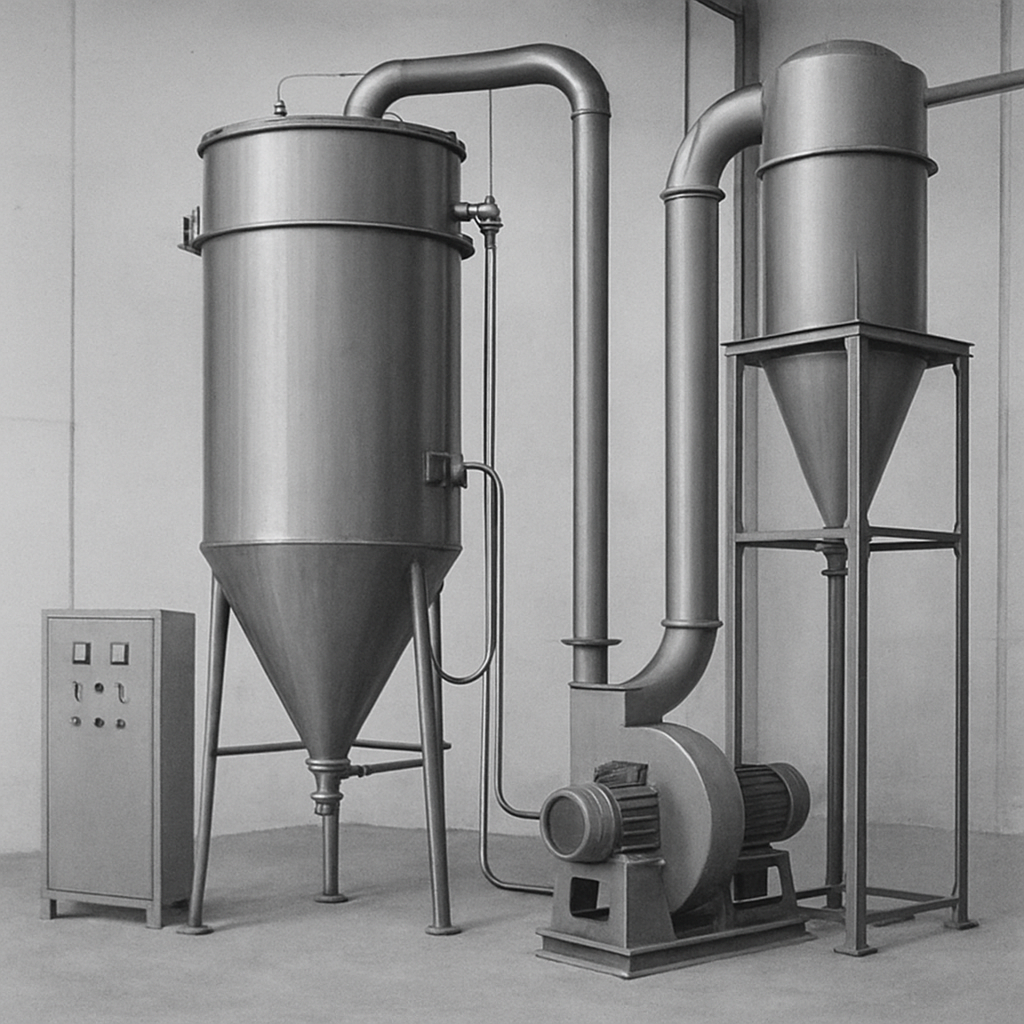 4. Powder Recovery System
4. Powder Recovery System
